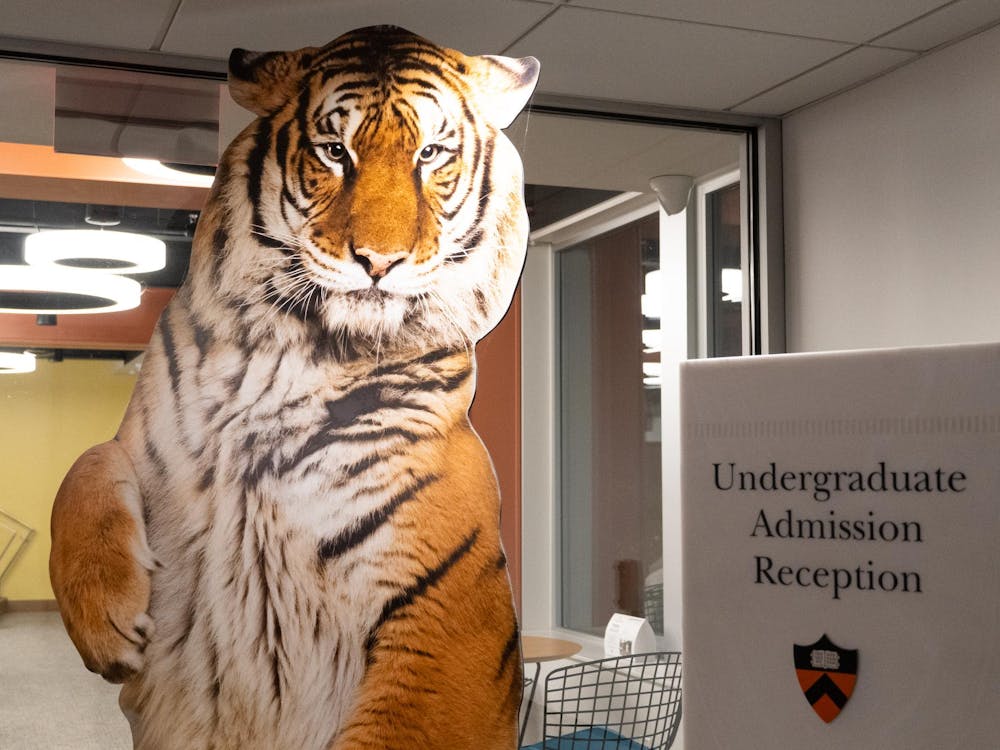Students and professors in these small classes said the size allows for more meaningful discussions and opportunities for enriching activities outside of class. And while students noted that the small size puts a lot of pressure on them to get all their work done, they ultimately felt that taking these classes was a very rewarding experience.
Last spring, Director of the Program in Latin American Studies Ruben Gallo taught a seminar called ECS 321/HUM 321: Cultural Systems: Psychoanalysis and the 20th Century Culture. Only four students were enrolled in the course, allowing Gallo to arrange for them all to attend events outside of the classroom. His students attended a colloquium on psychoanalysis at Prospect House and took a field trip to New York to see an Off-Broadway production.
Brett Diehl ’15, who took the course, said such a small class gave him the chance to do things he wouldn’t have been able to in a larger class. For example, he received funding to visit the Library of Congress to do research for his final paper.
“All of these opportunities ... were all extremely enriching in a way that I think is unique to a class that size, with a professor as dynamic as Professor Gallo,” Diehl said.
Gallo said that for him, teaching such a small class was “really one of the best academic experiences.”
“The word that best describes the atmosphere was intense,” Gallo said. “It was very intense, very focused intellectual discussion. Because there were only four students, each one of them had to be fully present, fully engaged in each one of the seminars.”
One student in the class, Kenny Anhalt ’14, said he enjoyed discussing the course material with such a small group.
“In a way, it lets you just get to know your professor, get to know your fellow students and their ideas without feeling like you’re dominating a conversation or feel that there’s no place for your thoughts in the class,” Anhalt explained.
Conversation is essential in these small courses, especially in language courses, many of which have very few students. Ambika Singh ’15 is currently enrolled in HIN 105: Intermediate Hindi with just two other students.
Singh said she enjoys closely interacting with Professor Fauzia Farooqui and engaging with the other students. Though she noted that it’s difficult to do group projects in such a small class, she explained that being with fewer students helps her learn the language.
“With a small class, there’s a lot more conversation, and I’m getting more confident in my speaking,” Singh said.
Comparative literature professor Eileen Reeves said that in small classes, she is sure that all the students are truly interested in the course material, and she gets to hear from each of them in class. Last semester, she taught COM 235: Fantastic Fiction, which had six students. She said the small size put added emphasis on the students to perform well.

“I really like my students, and they know what they’re getting into,” Reeves said. “They want to be here for a reason.”
Reeves added that in small classes, it’s very obvious when students don’t complete all the readings.
“There’s no hiding,” Reeves said.
Students are also aware of how the small class size changes the dynamic. Anhalt said he was motivated to do all the work for his small psychoanalysis course, in part because he knew it would be obvious if he didn’t.
“It pressures you to do the reading because you want to be an active participant,” Anhalt said. “And you know that it will be noticed if you are not an active participant.”







